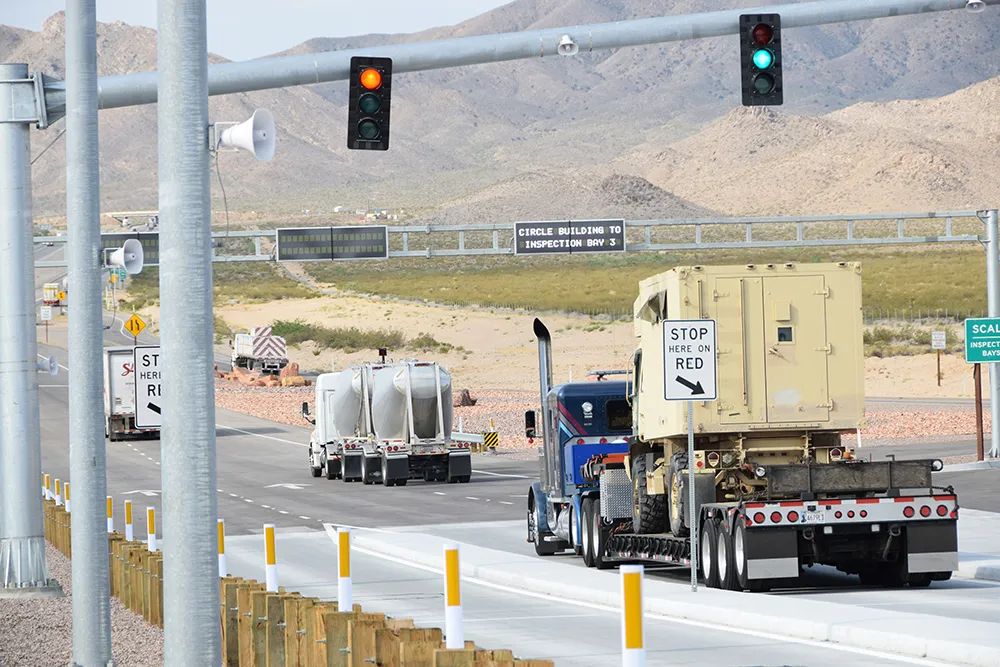Technology services provider Telent has revealed how improved driver behaviour and fuel initiatives among its mobile workforce have resulted in an annual fuel saving of £216,000 (US$328,800). The company has dramatically reduced incidents of speeding, idling, harsh braking and other such efficiency failings among 250 of its drivers following the introduction of TomTom’s Worksmart and Webfleet driving performance tools. Worksmart fleet management combines TomTom tracking and navigation with the ecoPlus on-bo
May 16, 2013
Read time: 2 mins
Technology services provider 525 Telent has revealed how improved driver behaviour and fuel initiatives among its mobile workforce have resulted in an annual fuel saving of £216,000 (US$328,800).
The company has dramatically reduced incidents of speeding, idling, harsh braking and other such efficiency failings among 250 of its drivers following the introduction of1692 TomTom’s Worksmart and Webfleet driving performance tools.
Worksmart fleet management combines TomTom tracking and navigation with the ecoPlus on-board fuel diagnostic device, which reads fuel consumption data directly from vehicles on the road.
This information, along with other data such as speeding, harsh braking and steering is fed back to drivers in real time through their navigation devices to improve their style on the move. It is also available for managers in Webfleet, TomTom’s online fleet management software, as a live information dashboard or in a customisable report.
The Webfleet OptiDrive indicator combines the fuel efficiency information with speeding, idling and braking data, and scores the driver out of 10 in a column stack chart, allowing Telent to rank drivers and deliver feedback and training where it is most needed.
“TomTom’s fleet management solutions have given us a clear insight into the driver behaviour of our mobile workers and has enabled us to encourage improved performance behind the wheel,” said Neil Williams, Telent’s head of estates, facilities management and fleet.
TomTom fleet management has also led to other operational benefits for Telent, including an eighty per cent reduction in the time taken to allocate jobs to the right service team, from 75 to just 15 minutes – a boost to its customer service delivery and SLA compliance.
Giles Margerison, director UK and Ireland, TomTom business solutions, added: “Key management data is as vital for fleet operations as it is for any other business activity and, as Telent has demonstrated, when combined with active feedback to drivers, can be used effectively to realise considerable efficiency gain.”
The company has dramatically reduced incidents of speeding, idling, harsh braking and other such efficiency failings among 250 of its drivers following the introduction of
Worksmart fleet management combines TomTom tracking and navigation with the ecoPlus on-board fuel diagnostic device, which reads fuel consumption data directly from vehicles on the road.
This information, along with other data such as speeding, harsh braking and steering is fed back to drivers in real time through their navigation devices to improve their style on the move. It is also available for managers in Webfleet, TomTom’s online fleet management software, as a live information dashboard or in a customisable report.
The Webfleet OptiDrive indicator combines the fuel efficiency information with speeding, idling and braking data, and scores the driver out of 10 in a column stack chart, allowing Telent to rank drivers and deliver feedback and training where it is most needed.
“TomTom’s fleet management solutions have given us a clear insight into the driver behaviour of our mobile workers and has enabled us to encourage improved performance behind the wheel,” said Neil Williams, Telent’s head of estates, facilities management and fleet.
TomTom fleet management has also led to other operational benefits for Telent, including an eighty per cent reduction in the time taken to allocate jobs to the right service team, from 75 to just 15 minutes – a boost to its customer service delivery and SLA compliance.
Giles Margerison, director UK and Ireland, TomTom business solutions, added: “Key management data is as vital for fleet operations as it is for any other business activity and, as Telent has demonstrated, when combined with active feedback to drivers, can be used effectively to realise considerable efficiency gain.”








